After shooting for a while with 50mm and 40mm fixed lens cameras, I stumbled onto a Ricoh SLR and the old guy at the shop offered me a Pentax 28mm lens for cheap to go with the 50mm f1.7 standard lens. I had shot with an ultrawide 24mm equivalent lens on a digital camera, but found it almost too wide for most shots – the subjects seemed so small unless I got very close.
After shooting a few rolls in my Ricoh SLR, I realized why I sold my last 2 SLRs. If it’s not pocketable, I’m just not that into it. But I had shot a roll with the 28mm lens, and I loved that it was wide, but came without too much distortion and I didn’t have to get in the subject’s face to take a clear photo.
So I did what any camera fiend would do, I looked up articles about wide-angle pocketable cameras. Unsure about the more pricey 90’s wide-angle pocket shooters, picked up a Ricoh R1s, and shot away. It was a great camera for $100, but had no manual settings and the flash failed on mine right away so back to the shop it went.
I had read so many amazing things about the Ricoh GR series, especially about how stealth the camera is in this article on Emulsive. I like catching candid shots of people without being super obvious, love high-quality build and great ergonomics. What I don’t like is best-in-class 1990’s stuff that breaks. I shelled out the cash at a local shop in Hanoi for the cheaper Ricoh GR1s which shot 1 magnificent roll of mostly test shots, then a roll of Fuji Premium 400 now that I was certain this was truly a stunning lens, so sharp and rich color rendition and the best camera ergonomics I had experienced while being very pocketable. Also, the aperture dial, exposure compensation dial, and the “spot” mode for instant shots at a set focus distance are perfect for street shooting.
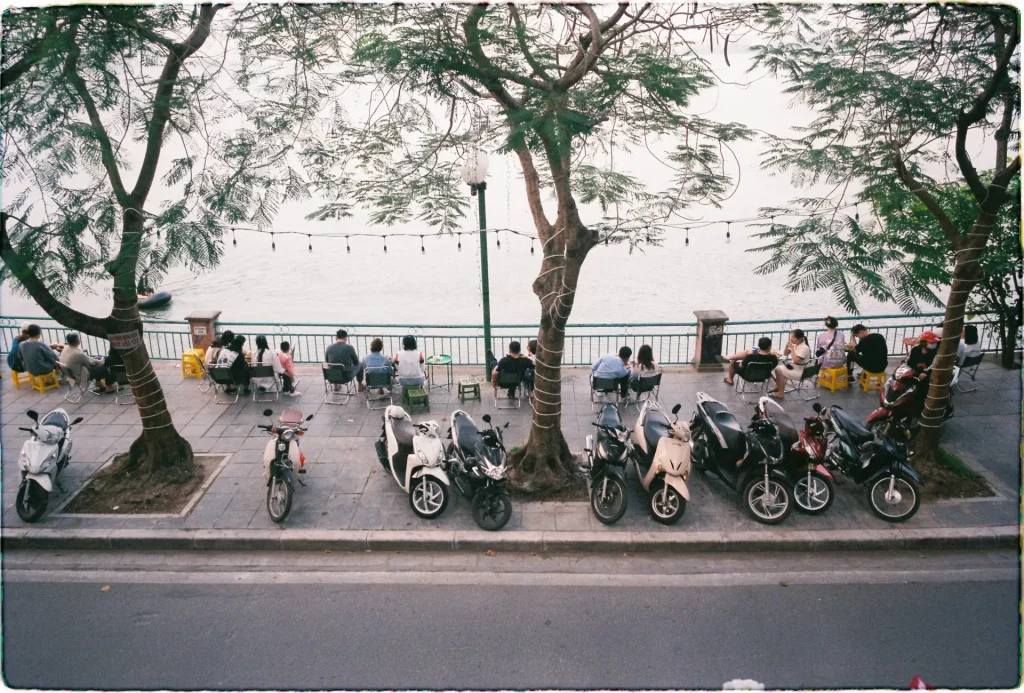
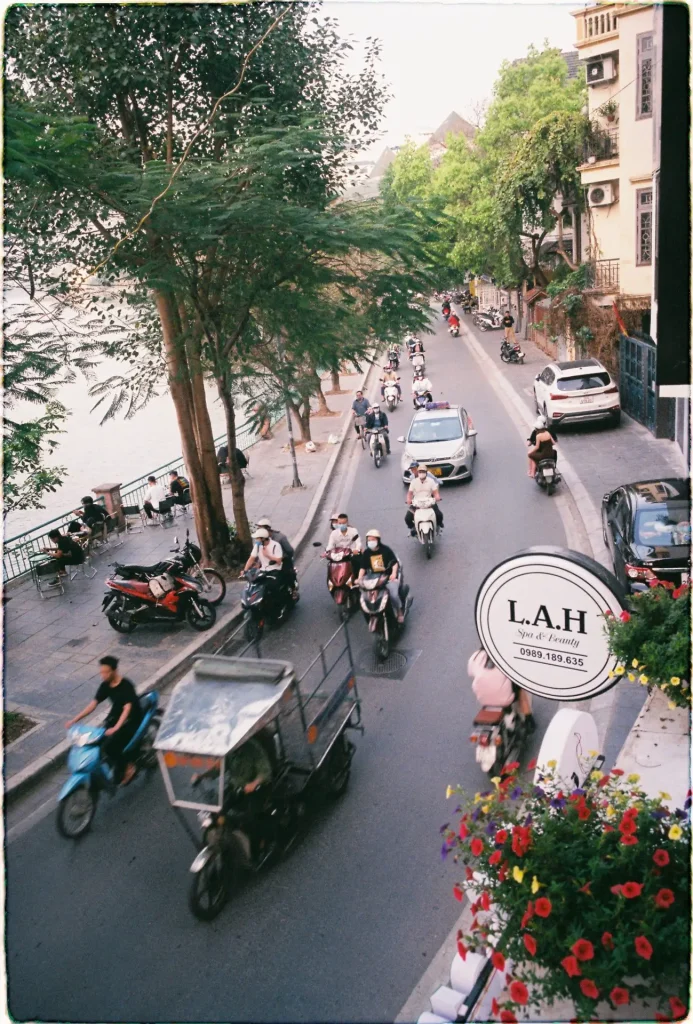
It was a beautiful day and my friend Kris invited me to a farm at the edge of Hanoi where the sidewalk literally ended. The farm area was surrounded by distant massive apartment buildings under construction. The sun was setting as I fired away capturing Kris’s tall figure next to his tiny daughter in rows of vegetables as the sun began to set. As is common with this camera, the shutter cable had likely snapped and not a single shot appeared. Frustrated, I returned the camera.
A new hope.
But now I was hooked on both the focal length and premium build quality that the GR1s offered, but no other shops had one. A few weeks passed and I stumbled into another shop where a champagne-colored tiny brick of a camera caught my eye. The Minolta TC-1. I owned only a single Minolta camera, the half-frame Repo, and loved the results – the photos were seemingly as sharp as full-frame cameras I had shot with.
About the size of a Rollei 35, but with a slightly rounded back edge and angled sides (like the Minolta CLE), the TC-1 was pleasant in the hand. The champagne body seemed very stout and the smooth titanium with only a small leatherette resting beneath the right-hand fingertips on the front of the camera had a decent feel. As a street photographer, I loved that it had 4 aperture settings right on the tiny lens that pops out upon powering on the camera. f/3.5 for close up/low light, 5.6 for some subject isolation but quick shutter speed – my favorite for candid photos of people, f8 for general shooting, and f16 for landscapes or really bright days. The lever to adjust these felt really sturdy, as did the adjustment slider to change settings up or down.
Changing settings is easy, there’s a locking wheel that unlocks by pushing the button on top of the wheel, which will allow each setting group to be adjusted. One of my favorite but probably less useful features is that there is a focus indicator at the bottom of the viewfinder that is analog, you can see it here. When the autofocus is triggered, this arrow slides to the selected focus distance to help confirm that the subject is in focus. For example, the subject is 2 meters away, but the arrow moves to infinity, you know that the autofocus went for the background. No problem, the focus is quick, just refocus. It also has a manual focus option using the adjustment lever on the front.
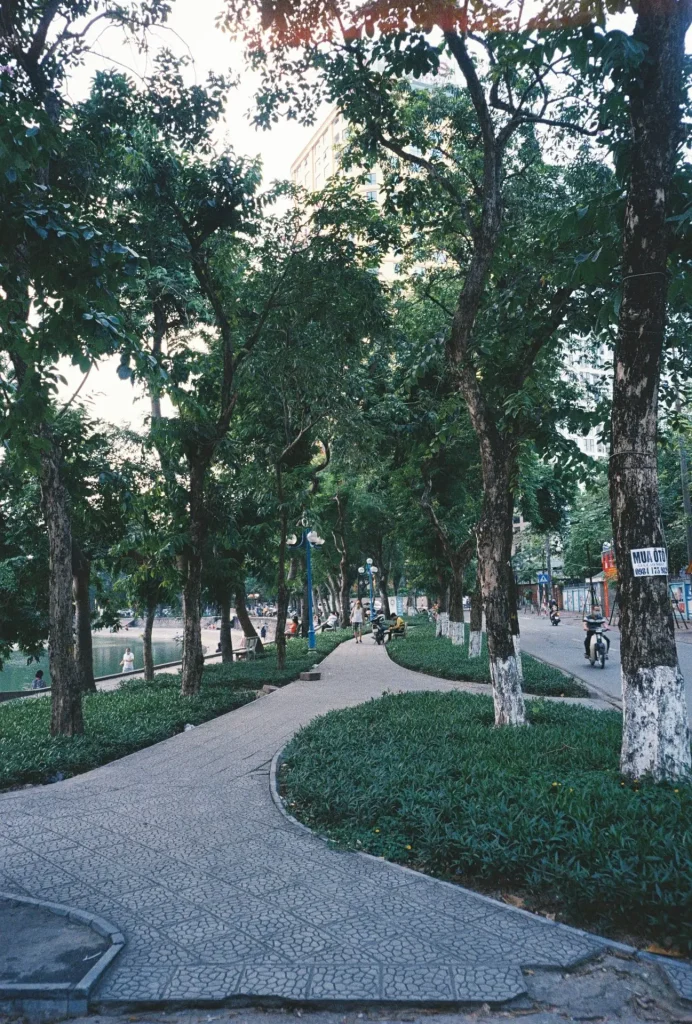
So what about picture quality? Very good, but so different than the Ricoh Gr1s. The Minolta has a really nice vignette that almost tells a story about the subject in a way. Both have excellent color rendition, and both have only the slightest distortion (for a 28mm focal length). I happened to shoot an experimental roll with the Minolta, a film called VIBE400. I love it almost as much as Fuji 400 premium! But it’s as hard to find. So I’ve arrived in 28mm heaven with the Minolta TC-1, right? Happily ever after right? Nope.
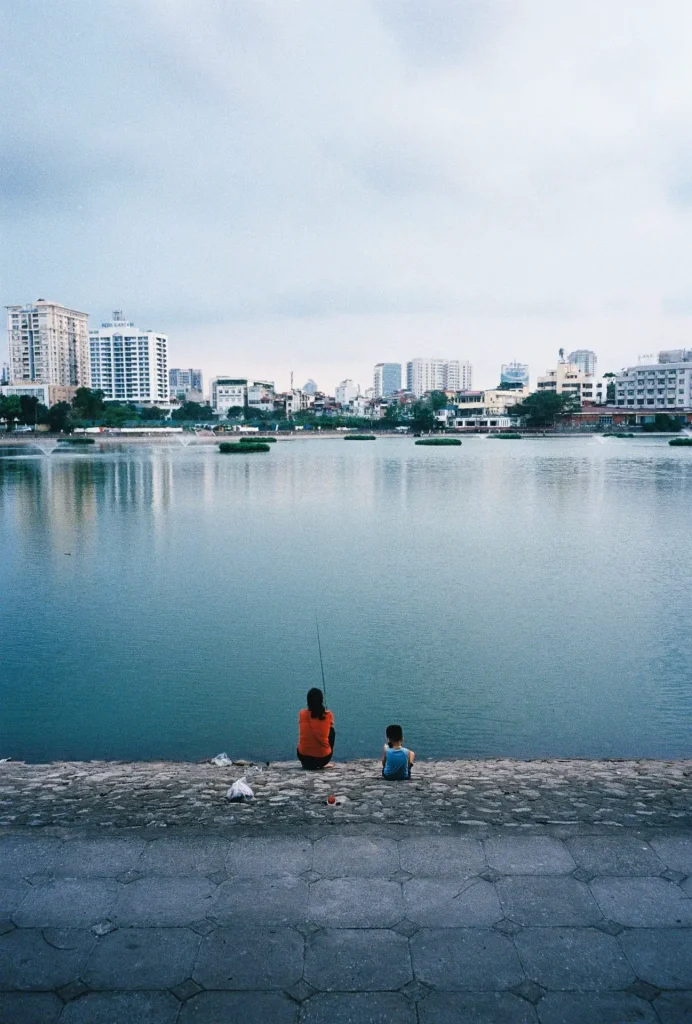
After a few rolls, I got the common “all icons flashing” in the settings screen which the manual specifically says indicates to take the camera to a technician immediately. Fortunately, the kind owner of the shop has a good relationship with the best camera technician in Hanoi. Unfortunately, I had to leave the country before getting this marvelous machine back and the very generous owner of Hano filmed gave me a full refund.
Tie Breaker
So which camera is the king of 28mm pocketable perfection? Tough call. The Ricoh is a bit faster at f2.8, has less vignetting (I like vignetting, so this goes either way), and has more accessible controls in my opinion. It’s also less “bricky”, which to me means I can actually put it in a pants pocket. The Minolta is smaller overall though, has a titanium body, and the lens produces such unique photos, also the fact that I read fewer articles about it actually becoming a brick due to electronics failure is a big deal! I just got unlucky with my TC-1. But also paid almost 50% more for it.
Next question. Should I, or you, or anyone buy a 90’s electronic camera that is guaranteed to fail? Absolutely. The feature set in both of these cameras, creative control, and stunning quality of photographs these lenses are capable of while being pocketable is well worth it, especially if there’s a return policy or guarantee from a shop you trust.
So what did I do after returning both 28mm pocket cameras? The next best thing – I bought a 2009 Ricoh GR digital III. It was only $200, probably has 100,000 shots left before some type of failure, and I’m an amateur so not likely to have my photographs on billboards anytime soon. The lens is a 28mm equivalent Ricoh GR lens, it has a really cool high contrast B&W mode, and can be customized for individual shooting styles. I’m not saying it replaces a real GR film camera or the incredible Minolta TC-1, but it’s a great camera to take everywhere and practice, yet even more pocketable! Here are some shots…
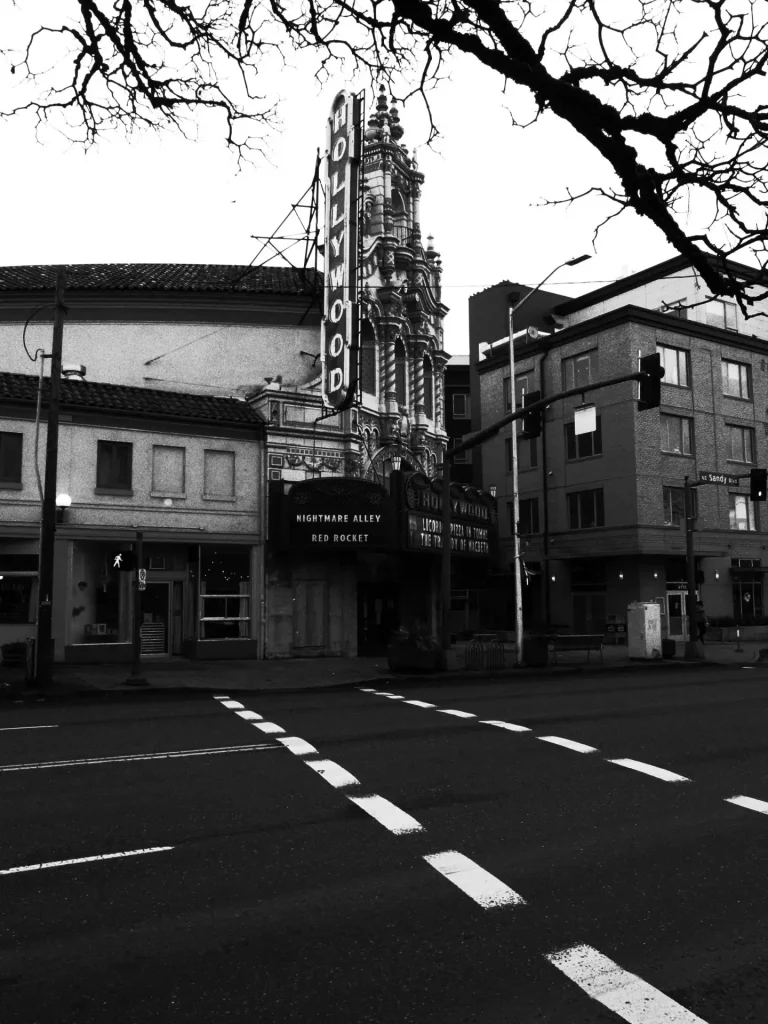
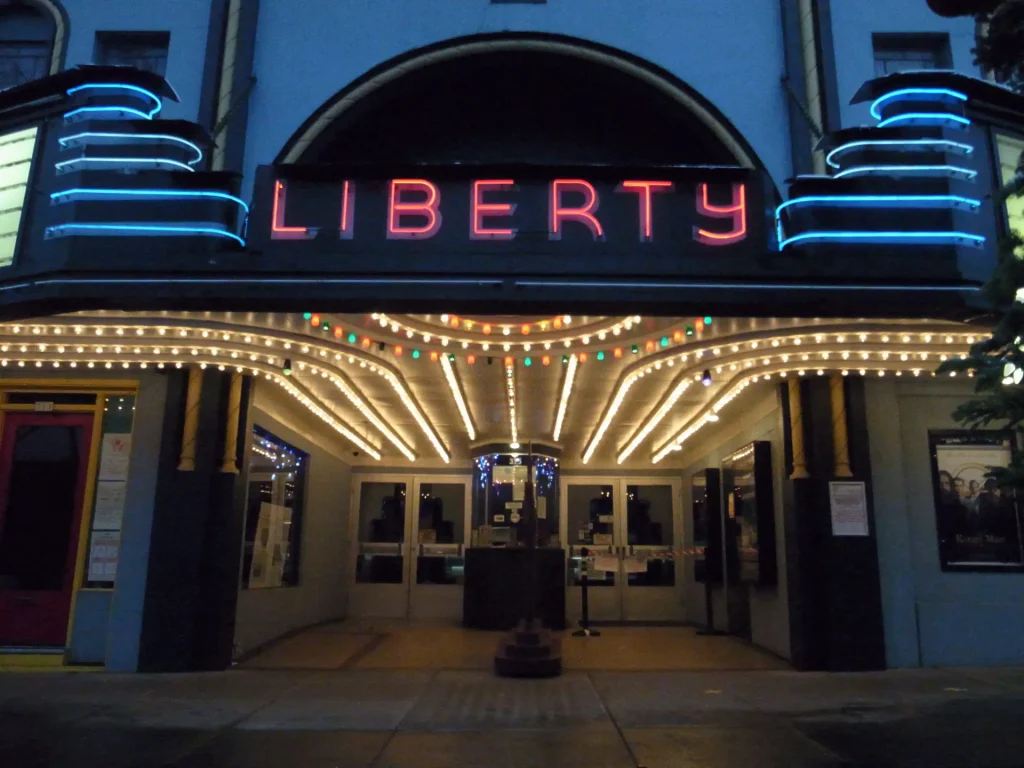
The GR Digital series is even smaller than the original film GR, has a similar look and an excellent ergonomic grip. I’ve found it to be very intuitive, great for learning the 28mm focal length while not wasting film.
Thank you for reading and happy snapping,
Daniel Rider
www.loftvisual.com
Share this post:
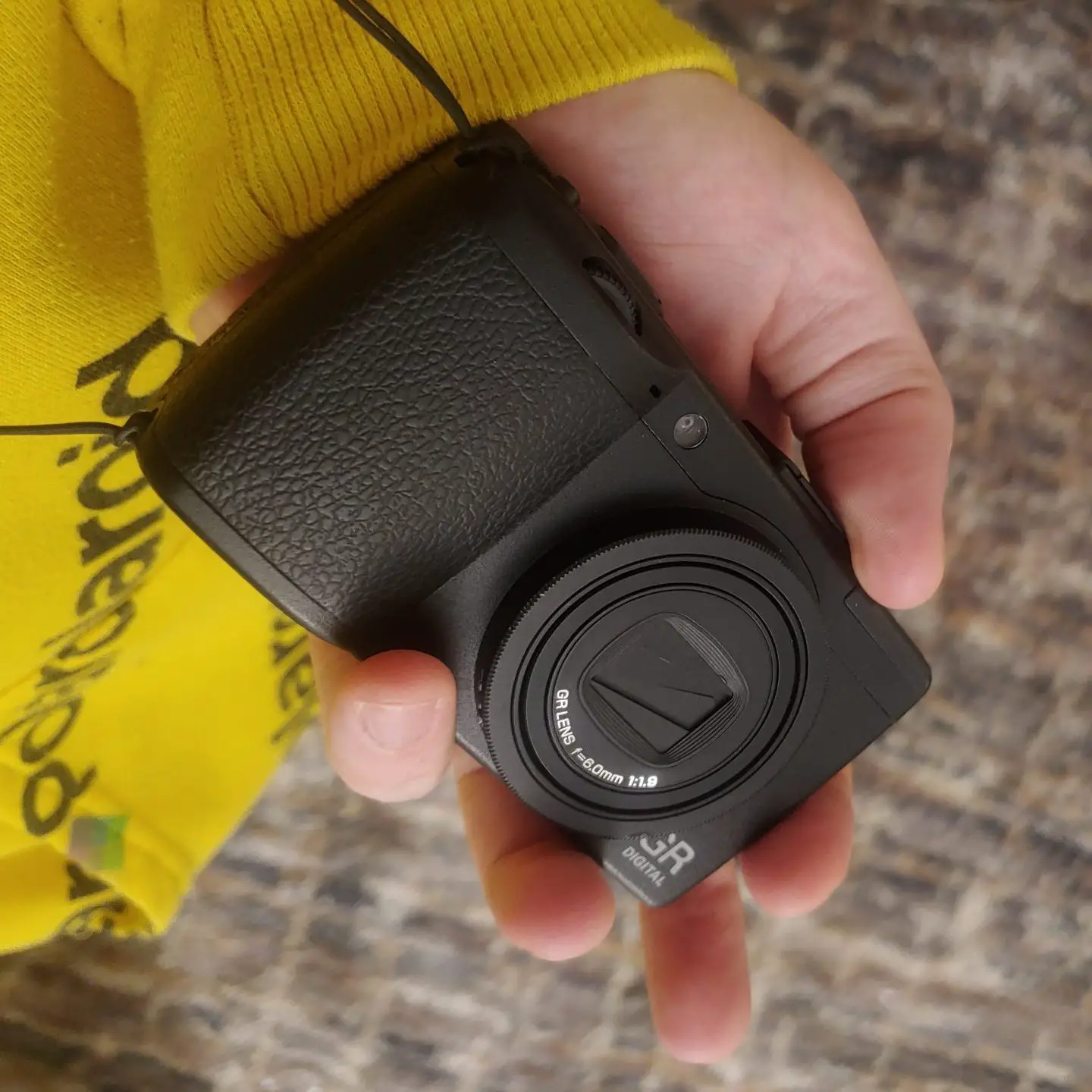








Comments
dansk66 on 28mm Point & Shoot Showdown – The plot widens… – By Daniel Rider
Comment posted: 21/01/2022
Daniel Rider on 28mm Point & Shoot Showdown – The plot widens… – By Daniel Rider
Comment posted: 21/01/2022
Yes they did and I want it! I have the Nikon 35TI, and it's one of the best 35mm lenses I've shot with. The 28mm version is black and the sample photos look stunning.
Castelli Daniel on 28mm Point & Shoot Showdown – The plot widens… – By Daniel Rider
Comment posted: 21/01/2022
I don’t think Nikon made a version of this camera w/the 28mm. I think their only entry into this class of camera w/a 28mm lens was their 28Ti. Lotso $$$ today used.
Comment posted: 21/01/2022
Huss on 28mm Point & Shoot Showdown – The plot widens… – By Daniel Rider
Comment posted: 21/01/2022
The lightness comes at build quality expense - it just does not feel robust - but that obviously was intentional to make it so light.
The results though are super.
https://flic.kr/p/2mbnBNT
Comment posted: 21/01/2022
Comment posted: 21/01/2022
Comment posted: 21/01/2022
Marco on 28mm Point & Shoot Showdown – The plot widens… – By Daniel Rider
Comment posted: 25/01/2022
Comment posted: 25/01/2022
Ben Garcia on 28mm Point & Shoot Showdown – The plot widens… – By Daniel Rider
Comment posted: 25/01/2022
This must have been an expensive journey if traveled in the last 5 years or so, especially if you include the Nikon 28ti (except for the Ricoh SLR, I guess). The TC-1 is one of my dream cameras, alongside the Contax G2. I just can't bring myself to spend that much on something that could give out any second with little chance of repair. I envy you your fortitude!
Comment posted: 25/01/2022